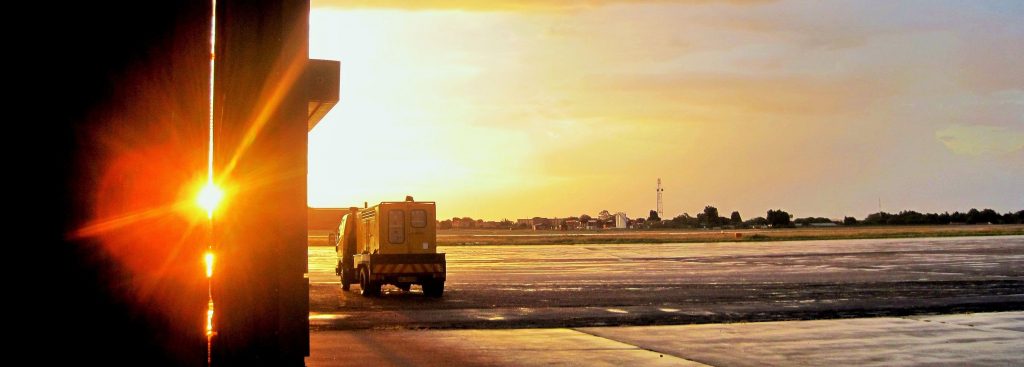The reality is that even though a large number of empty legs are flown each year only a fraction can be matched to existing one-way trips to increase the efficiency of the industry. This is because, although our business covers a vast route network, only a limited number of routes are flown with such frequency that empty legs can be matched to them. In addition, it is also more difficult to match up an empty leg to a round trip or a multi leg trip.
However, if we look at the 44,000 legs flown on the 100 most popular routes in Europe each year, 15,400 are part of a one-way trip and of these around 5,000 fly empty. Based on an analysis of Avinode schedule data and actual flight information from Eurocontrol, as well as, aircraft size discrepancies and traffic density, we estimate that at least 2,500 of these flights are unnecessary. With an effective method for matching empty legs with one-way trips the market could easily experience an increase in efficiency of up to 6 percent on the top 100 routes in Europe.
Avinode has long aimed to help air charter professionals increase their operational efficiency* and this year the company is taking another step forward to support the charter industry. During the past few months Avinode has been working on updating and improving their empty leg search engine to ensure better matching and increased efficiency in the European skies.
The first set of improvements, which were released May 7, are designed to give Avinode users access to more consistently reliable empty legs in the Marketplace. This is accomplished through a series of innovative updates including an empty leg verification feature and enhancements to Avinode’s schedule capture tool to help users sell empty legs in a more transparent and dependable fashion.
To learn more about Avinode’s improved empty leg search engine and other initiatives that the company is planning, visit Avinode in booth 5134 at EBACE 2014.
*What do we mean by operational efficiency?
Operational efficiency, in the case of business aviation, addresses how much of a flight’s total distance is flown empty versus with passengers. This tends to vary considerably from region to region. Aircraft in the United States and Russia, for instance, experience far fewer empty sectors then those in Europe where aircraft generally have to fly longer stretches to pick up passengers.
